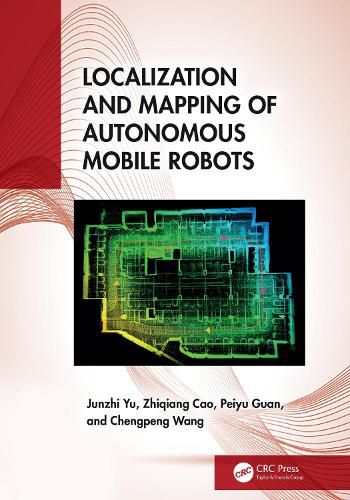Readings Newsletter
Become a Readings Member to make your shopping experience even easier.
Sign in or sign up for free!
You’re not far away from qualifying for FREE standard shipping within Australia
You’ve qualified for FREE standard shipping within Australia
The cart is loading…






Localization and mapping play a critical role in the autonomous task execution of mobile robots. This book covers the theoretical and technological aspects of robot localization and mapping, including visual localization and mapping, visual relocalization, LiDAR localization and mapping, and place recognition.
It provides the theoretical foundations of robot localization and mapping. It employs both traditional methods, such as geometry-based visual localization, and state-of-the-art deep learning techniques that improve robot perception. The authors also address LiDAR-based localization, exploring techniques to improve both efficiency and accuracy when processing dense point clouds. Key topics include visual localization using deep features, integration of visual solutions under ROS-based software architecture, and distribution-based LiDAR localization, etc.
This book will be of great interest to students and professionals in the field of robotics or artificial intelligence. It will also be an excellent reference for engineers or technicians involved in the development of robot localization.
$9.00 standard shipping within Australia
FREE standard shipping within Australia for orders over $100.00
Express & International shipping calculated at checkout
Localization and mapping play a critical role in the autonomous task execution of mobile robots. This book covers the theoretical and technological aspects of robot localization and mapping, including visual localization and mapping, visual relocalization, LiDAR localization and mapping, and place recognition.
It provides the theoretical foundations of robot localization and mapping. It employs both traditional methods, such as geometry-based visual localization, and state-of-the-art deep learning techniques that improve robot perception. The authors also address LiDAR-based localization, exploring techniques to improve both efficiency and accuracy when processing dense point clouds. Key topics include visual localization using deep features, integration of visual solutions under ROS-based software architecture, and distribution-based LiDAR localization, etc.
This book will be of great interest to students and professionals in the field of robotics or artificial intelligence. It will also be an excellent reference for engineers or technicians involved in the development of robot localization.